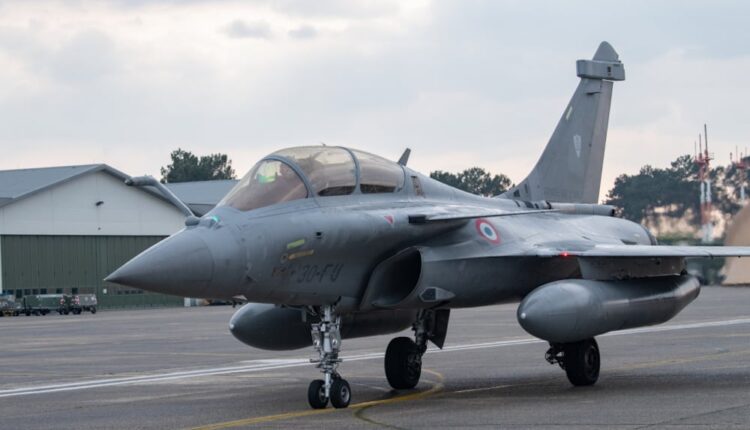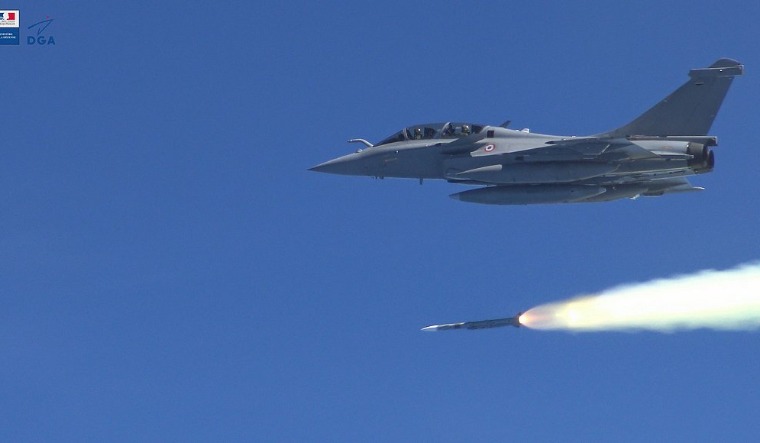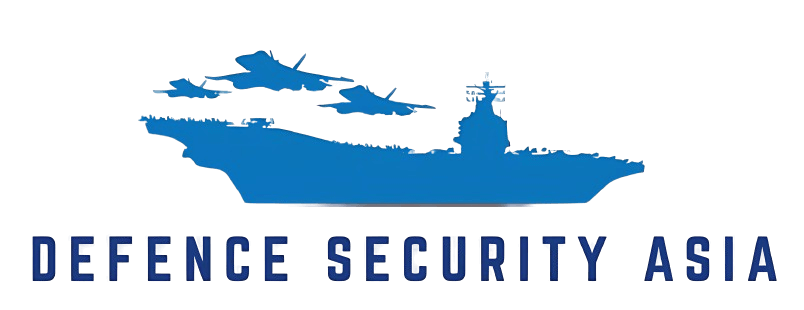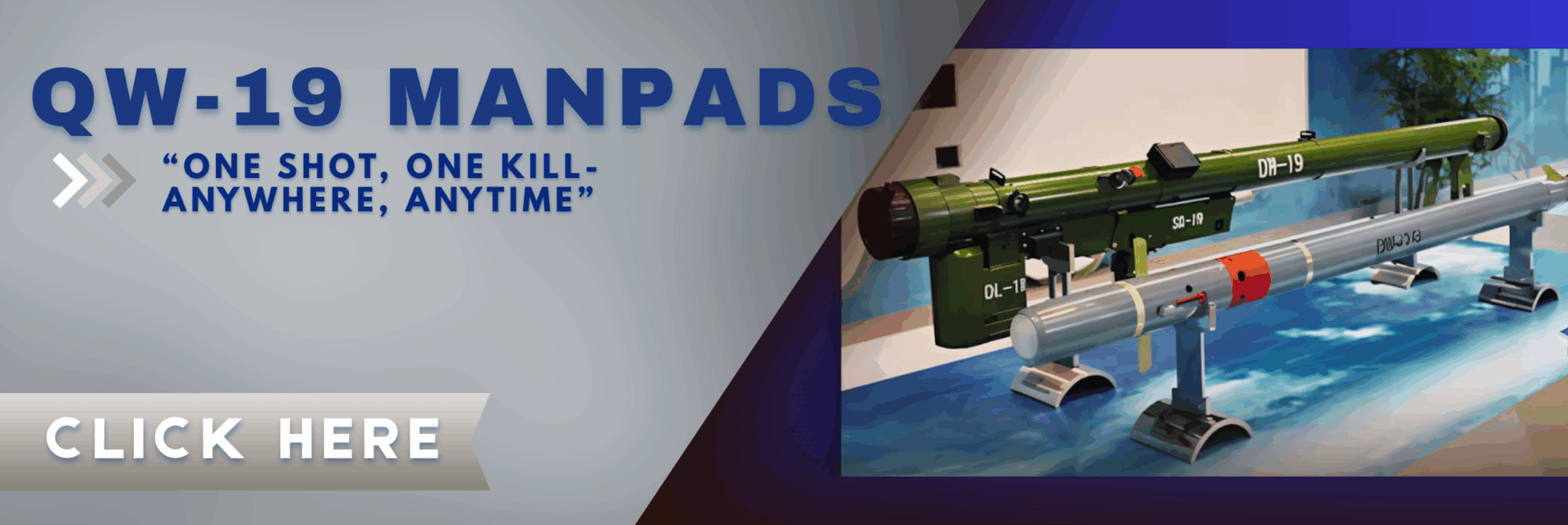Indonesia’s Massive Rafale Expansion: 66 French Jets Set to Redefine Southeast Asia’s Air Power Balance
“Jakarta’s Ambitious Rafale Buy Sets New Benchmark for Regional Deterrence and Interoperability in the Indo-Pacific”

Indonesia is reportedly on the verge of finalising an expanded defence package with France that will see the archipelagic giant acquire another 24 Dassault Rafale multirole fighter jets — a move poised to reshape Southeast Asia’s strategic balance of power for the next decade.
Revealed by La Tribune on July 4, 2025, the upgraded deal will likely be inked during President Prabowo Subianto’s official state visit to Paris, where he is set to attend France’s iconic Bastille Day military parade on July 14 as guest of honour.
This milestone purchase comes just weeks after Jakarta’s initial plan to acquire 12 additional Rafales during bilateral talks in May, but with fresh momentum behind defence ties, the order has doubled in scale.
The expanded agreement signals Indonesia’s clear urgency to fortify its aerial combat capabilities and modernise its ageing, fragmented fighter fleet at a time when regional flashpoints — from the South China Sea to the Strait of Malacca — are increasingly contested by rival powers.
This latest buy will add to Indonesia’s original Rafale contract signed with Dassault Aviation in February 2022, when Jakarta agreed to procure 42 Rafales in three tranches.
Under that earlier deal, the phased purchases involved 6, 18, and another 18 jets, with procurement tranches activated in February 2022, August 2023, and January 2024 respectively.
Deliveries of the first batch are due to commence in early 2026, meaning that the new order for 24 additional Rafales could be synchronised into the same delivery timeline, accelerating Indonesia’s transition to a modern multirole fighter fleet.

By pushing its Rafale fleet to an impressive total of 66 aircraft, Indonesia will emerge as the largest non-European operator of the French-built 4.5-generation fighter — putting it on par with top-tier regional air forces in terms of advanced capability and operational flexibility.
For Dassault Aviation, this marks a major industrial and strategic win, reinforcing France’s presence as a trusted security partner in the Indo-Pacific — a region now at the forefront of global military realignments.
President Prabowo’s high-profile attendance at France’s national day parade is more than diplomatic pageantry; it symbolises the growing depth of Jakarta-Paris defence relations and France’s intent to anchor itself more firmly in Southeast Asian security affairs.
Regional analysts see Indonesia’s expanded Rafale commitment as a calibrated response to rising maritime and airspace tensions in its vast backyard, with grey zone tactics, maritime intrusions, and rival military build-ups fuelling a steady Indo-Pacific arms race.
For Jakarta, this is about more than numbers; it is about standardisation, interoperability, and technological edge.
Indonesia’s current combat aviation inventory remains a patchwork of legacy F-16s, a handful of Russian-built Su-27 and Su-30 Flankers, and older fighters that have become increasingly burdensome to maintain due to spare parts challenges and geopolitical sanctions.
Publicly available data shows the Indonesian Air Force fields fewer than 50 operational combat jets across its Fighter (FTR) and Fighter Ground Attack (FGA) categories — a force that struggles to project deterrence across the archipelago’s sprawling maritime domain.

With 66 Rafales, Indonesia will plug critical operational gaps, enabling its air force to field a coherent, standardised frontline fleet capable of rapid deployment and sustained high-intensity missions.
The Rafale F4 variant, which Indonesia is acquiring, represents Dassault’s most advanced configuration yet.
It brings an AESA radar with greater detection range and resistance to jamming, improved sensor fusion, sophisticated electronic warfare suites, and full compatibility with the latest guided weapons including beyond-visual-range air-to-air missiles and precision stand-off strike munitions.
These upgrades mean the Indonesian Air Force will be able to monitor, deter, and if necessary, contest any unauthorised incursions deep inside its air and maritime zones — a crucial capability as the region becomes a chessboard for rival power projection.
Indonesia’s vast territorial waters, straddling key global shipping arteries like the Strait of Malacca and the South China Sea, demand a robust aerial deterrent to safeguard vital sea lines of communication from state and non-state threats alike.
Beyond fighters, France’s growing defence footprint in Indonesia extends to big-ticket naval assets and land systems.
Jakarta has signalled its intent to finalise a deal for at least two Scorpène-class submarines equipped with air-independent propulsion (AIP) — a capability multiplier for stealthy undersea operations.


